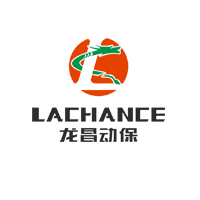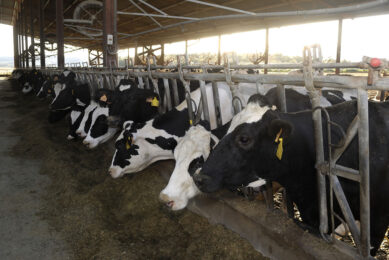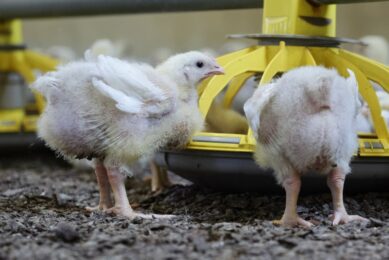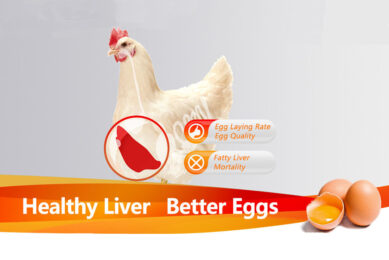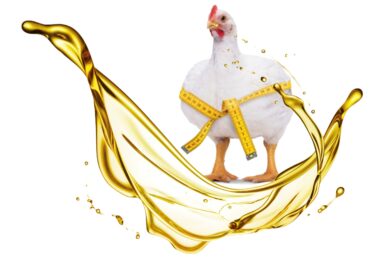The 5 functions of bile acids as feed additives
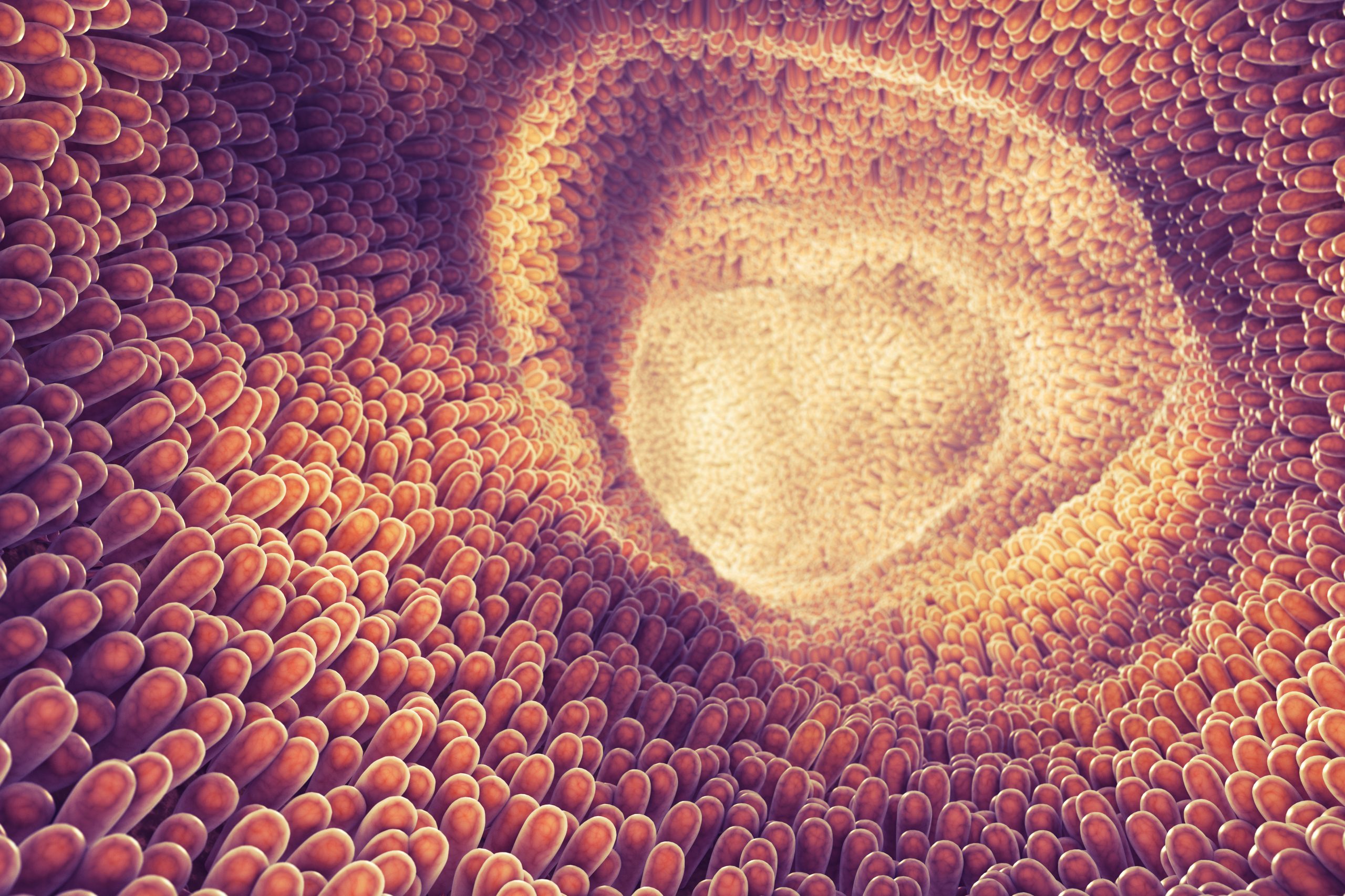
Bile acids, the major constituents of bile, are produced in the liver and secreted into the intestine, where they play crucial biological roles, such as promoting fat utilisation as a natural emulsifier, activating lipase improve fat digestibility and protecting animal liver.
Fats and oils constitute the main energy source of animals and possess the highest caloric value of all nutrients, with almost 3 times higher apparent metabolisable energy than other feedstuffs. Hence, fats are widely added to animal diets to meet energy requirements. Digestion and absorption of dietary fat are poorly developed in young animals due to limited bile secretion.
Naturally extracted exogenous bile acids have been considered as a possible alternative to bile acids or bile salts due to their lower cost, applicable techniques from the gallbladder, well-defined composition, and chemical stability during storage. Recent research indicates that BAs as liver-specific metabolic signals function in alleviating liver injury and promoting liver regeneration by their receptors.
 Function: Promote the Emulsification, digestion and absorption of fat
Function: Promote the Emulsification, digestion and absorption of fat
For vertebrates, bile acids (HLB = 19) are the only substance that promote the digestion and absorption of fat. Fat digestion is a complicated process and occurs in 3 main steps:
- emulsification
- digestion
- absorption
Different from general emulsifiers, only bile acids can take effects in all 3 stages:
- Firstly, during emulsification, fat is emulsified into little droplets by bile acids with both hydrophilic and hydroprobic groups, which help to enlarge the contact surface between fat and lipase.
- Secondly, bile acids have the function to activate lipase, which contribute to hydrolyze fat droplets into fatty acids, glycerin and monoglycerides.
- Thirdly, SCFA can be absorbed directly in intestine, while LCFA bind with bile acids to form mixed micelles, these micelles break up when contacting with intestinal villi, LCFA are absorbed into intestine epitheial, while bile acids return to the liver via enterohepatic circulation.
In order to understand the effect in detail, research on pigs was carried out. The project by Feed Effectiveness Evaluation & Safety Supervision and Test Center of Ministry of Agriculture (Beijing) of China, showed that the apparent digestibility of dry matter can be improved by 3%, the crude fat 25% and total energy 3.5% after adding exogenous bile acids in piglets diets (P<0.05), see>Figure 1.
An experiment carried out at State Key Laboratory of Animal Nutrition, China Agricultural University, Beijing, China examined the effect of graded levels of bile acids in diets on the growth performance (1-42 d), the ADG increased and F:G decreased with increasing level of bile acids(P <0.01)in grower phase. The inclusion of 60 and 80 mg/kg bile acids significantly improved ADG and F:G throughout the experiment. , see Figure 2.
 Function: Take part in nutrients transportation and metabolism
Function: Take part in nutrients transportation and metabolism
Bile acids can regulate liver hepatic triglyceride metabolism through FXR binding to response element binding protein (SREBP-1C) to reduce hepatic steatosis (fatty liver). Bile acids can also reduce plasma cholesterol and triglyceride levels by enhancing the synthesis and transport of LDL (low density lipoproteins) and VLDL (very low density lipoproteins), see Figure 3.
Figure 3 – The mechanism of bile acids on fat metabolism.

 Function: Bile acids also can work as signaling molecules to solve fatty liver disease
Function: Bile acids also can work as signaling molecules to solve fatty liver disease
As hormones or nutrient signaling molecules, bile acids help to regulate glucose, lipid, lipoprotein, energy metabolism and inflammatory responses. Tilapia has a delocalization in hepatocyte nuclear and there are a lot of fat droplets in the liver cells. After addition of bile acids, the hepatocytes of tilapia arrange closely, with intact nucleus, obvious membrane boundary and healthy hepatocyte (see Figure 4).
Figure 4 – The cells structure of liver slices on tilapia.

 Function: Promote the secretion of bile, smooth bile ducts, remove blockage
Function: Promote the secretion of bile, smooth bile ducts, remove blockage
Bile acid can promote the secretion of bile from liver cells, therefore mycotoxins, heavy metals and other harmful substances could be excreted out of the liver and the damage to liver is reduced. In addition, bile acid can effectively prevent the bile duct from blockage.
 Function: Combine and decompose endotoxin
Function: Combine and decompose endotoxin
When disease occurs, intestinal permeability changes, and some endotoxins will go through the intestinal mucosa and then enter into liver via the portal vein, causing great damage to the liver. Bile acids can break down the endotoxins into harmless substances, or bind to endotoxins and form into substances that are not absorbed and these substances can be excreted from the body to prevent damage to the intestine and liver.
Conclusion
In conclusion, dietary supplementation of exogenous bile acids as a feed additive in animal diets can effectively improve the utilization and digestibility of fat, provide fat with more energy. Help to improve growth performance, lower feed costs and sustain feed quality. Meanwhile, bile acids can also reduce fat deposit in the liver, prevent fatty liver, bind to endotoxins, eliminate endotoxins out of the body and protect the intestine and liver health.
Author: Kate Woo, Jinbao Li and Aizhi Cao, Shandong Longchang Animal Health Product Co., China


